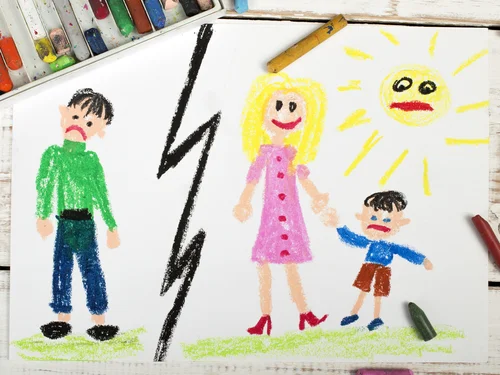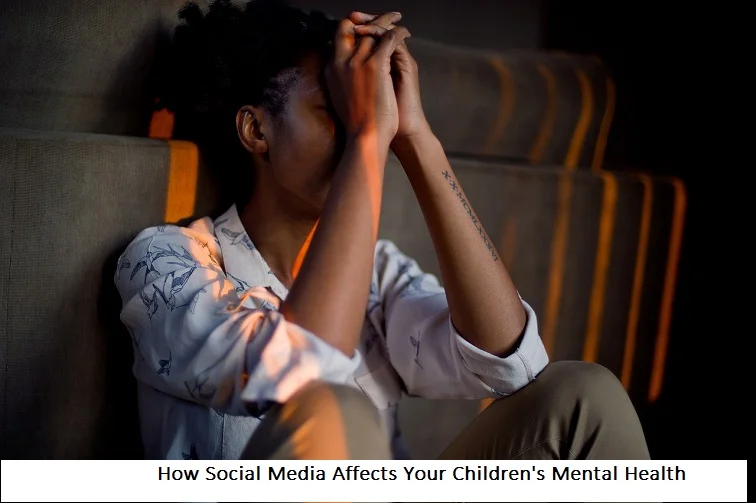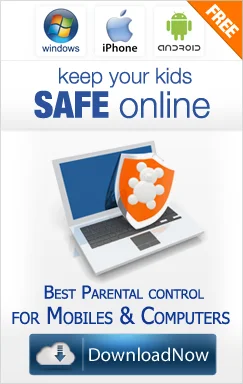+1 845 259 2974 (11 a.m to 7 p.m CST)
3 Signs You Are Negatively Affected By Peer Pressure

Peer pressure is a powerful force in the lives of children and teenagers, shaping their behaviors, choices, and attitudes. It occurs when peers influence each other to act in certain ways, often adopting behaviors to fit into a group. While peer pressure can be positive, promoting good habits and healthy social interactions, it often veers into negative territory. Negative peer pressure can lead children to make poor decisions, from minor rule-breaking to engaging in risky behaviors.
As parents and guardians, it's crucial to recognize the signs of negative peer pressure and take proactive steps to mitigate its effects. One effective tool in this process is the use of parental controls. These controls help monitor and manage a child's online activities and social interactions, providing a safety net. By setting limits and overseeing online behavior, parents can help steer their children away from harmful influences and guide them towards safer, more positive interactions.
What is Peer Pressure?
Peer pressure is the influence exerted by a peer group, encouraging individuals to change their attitudes, values, or behaviors to conform to group norms. For children and teenagers, this influence is particularly impactful, as they are at a developmental stage where fitting in feels crucial. Common sources of peer pressure among kids include schoolmates, close friends, and increasingly, social media platforms. These sources can push children towards various behaviors, both positive and negative, as they navigate social circles and try to establish their identities in relation to their peers.
Signs of Negative Peer Pressure
You can notice changes in your kids’ behavior that are indicators of negative peer pressure, such as:
- Changes in Behavior and Attitudes: Children experiencing negative peer pressure may display a sudden change in behavior and attitudes. This could include adopting new slang, altering dress sense dramatically, or showing a newfound disregard for rules and norms previously respected.
- Withdrawal from Family and Usual Friends: If a child starts to isolate themselves from family or longtime friends, it may be a sign they are under negative peer influence. This withdrawal often means they are spending more time with a new group that may be encouraging undesirable behaviors.
- Drop in Academic Performance: A noticeable decline in school grades or loss of interest in schoolwork can indicate that a child is facing negative peer pressure. Their focus might be shifting towards pleasing their peers rather than concentrating on studies.
- Increased Secrecy About Social Life and Online Activities: Children might become secretive about their social interactions and online activities. This includes being protective over their phone or computer, and reluctance to discuss what they are doing online or who they are talking to, hinting at the influence of peer pressure.
Consequences of Negative Peer Pressure
- Mental Health Issues: Negative peer pressure can lead to significant mental health challenges, including stress, anxiety, and depression. When children feel compelled to conform to peer standards that conflict with their values, it creates internal stress and can diminish their emotional well-being.
- Risky Behaviors: Yielding to negative peer pressure often pushes children into engaging in risky behaviors. This might include experimenting with substances like alcohol and drugs, or participating in dangerous activities. Breaking school or legal rules also becomes more likely, as the desire to fit in overrides their better judgment.
- Impact on Self-Esteem and Decision-Making: Consistently succumbing to peer pressure can severely impact a child's self-esteem. They may start doubting their own values and decision-making abilities, leading to a cycle where they are increasingly dependent on peer approval for their choices and behaviors.
What are Parental Controls?
Parental controls are tools and software designed to help parents monitor and manage their children's online activity and device usage. These controls can filter out inappropriate content, limit screen time, and keep track of online interactions, helping to protect children from potential online risks.
How Can They Help?
Parental controls allow for oversight of the websites and apps children can access, who they can communicate with, and how much time they spend on their devices. This monitoring helps parents ensure that their children are not exposed to harmful content or negative social interactions online.
Implementing Parental Controls Effectively
- Choosing the Right Tools for Different Devices: Selecting appropriate parental controls depends on the devices used. Different software is tailored for smartphones, tablets, or computers, providing specific functionalities suited for each.
- Setting Boundaries Without Invading Privacy: It’s crucial to find a balance between protecting children and respecting their privacy. Effective parental controls provide safety while fostering trust, not creating a surveillance atmosphere.
- Communicating with Your Child About Safety and Trust: Open dialogue about the reasons for implementing parental controls is vital. Discussing the dangers of the internet and the importance of privacy helps children understand why these measures are necessary, reinforcing the trust between parent and child.
Recognizing the signs of negative peer pressure is crucial for safeguarding children's well-being. As they navigate their social environments, children can be vulnerable to influences that lead them away from their core values and into potentially harmful behaviors. Parental controls are a valuable tool in a parent's arsenal, helping to monitor and manage their child's online interactions and protect them from undesirable influences.
By implementing these parental controls thoughtfully, respecting privacy, and maintaining open communication, parents can create a safe space for children to explore the digital world. This proactive approach not only protects children but also empowers them to make wise decisions independently, building their confidence and resilience in the face of peer pressure.





















